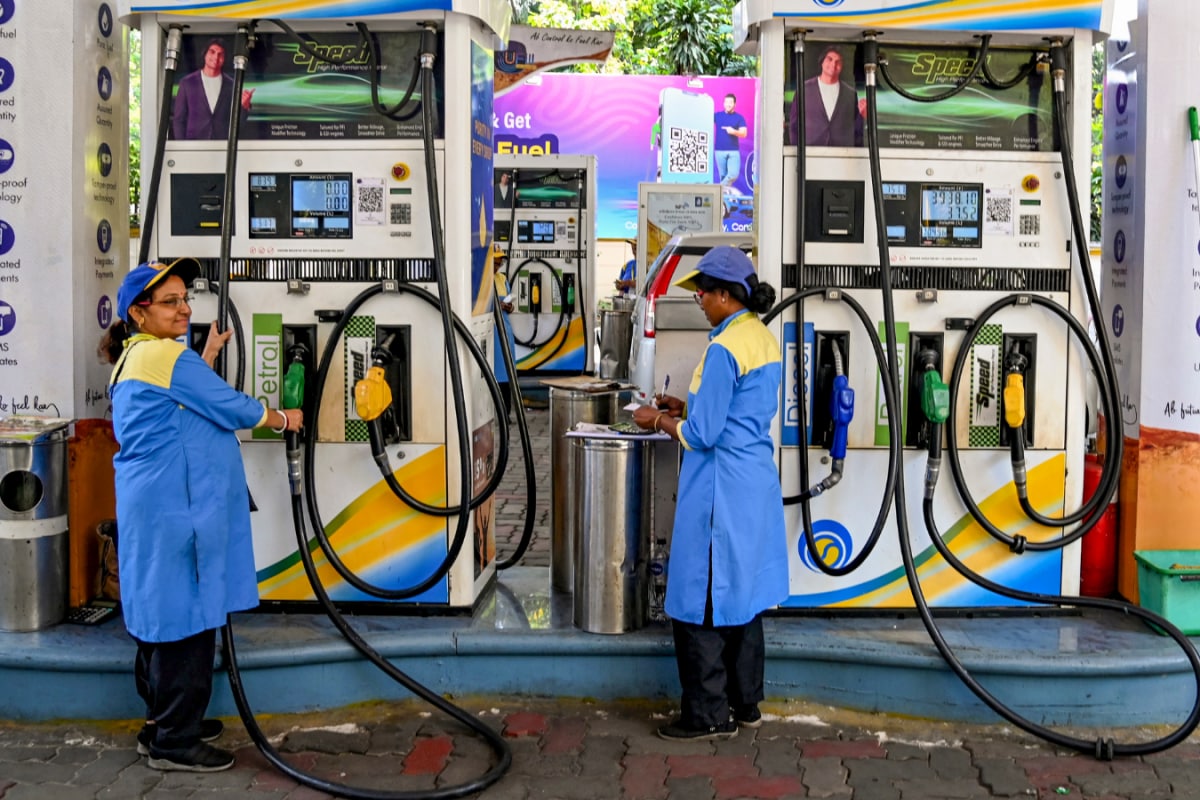As of June 6, 2025, petrol and diesel prices in India remain dynamic, varying across cities due to factors like state taxes, transportation costs, and crude oil prices. Here's a look at the current rates in major metropolitan areas:
Petrol Prices:
- Delhi: ₹94.72 per liter
- Mumbai: ₹103.50 per liter
- Kolkata: ₹105.41 per liter
- Chennai: ₹100.80 per liter
- Bangalore: ₹102.92 per liter
- Hyderabad: ₹107.41 per liter
Diesel Prices:
- Delhi: ₹87.67 per liter
- Mumbai: ₹90.03 per liter
- Kolkata: ₹92.02 per liter
- Chennai: ₹92.39 per liter
- Bangalore: ₹90.99 per liter
- Hyderabad: ₹95.7 per liter
It's important to note that these prices are subject to daily revisions, typically implemented at 6:00 AM, based on fluctuations in international crude oil prices and currency exchange rates.
Factors Influencing Fuel Prices in India:
Several factors contribute to the prices you see at the pump:
- Global Crude Oil Prices: India imports a significant portion of its crude oil, making it vulnerable to global price fluctuations. Any disruption in supply chains or production decisions by OPEC can significantly impact domestic prices.
- Taxes and Government Policies: Both the central and state governments levy taxes on petrol and diesel, comprising a substantial portion of the retail price. The central government imposes excise duty, while state governments charge a Value Added Tax (VAT). Differences in VAT rates across states lead to regional price disparities.
- Rupee-Dollar Exchange Rate: Crude oil transactions are primarily conducted in US dollars. A weaker Indian rupee against the dollar makes imports more expensive, leading to higher fuel prices.
- Transportation and Distribution Costs: The cost of transporting fuel from refineries to retail outlets also contributes to the final price.
- Supply and Demand: Seasonal changes, economic activity, and consumer behavior influence the demand for fuel, leading to price fluctuations. For example, demand tends to increase during festive seasons, causing prices to rise.
- Political Stability: Political stability also plays a role, as changes in government can impact tax structures and subsidies.
Dynamic Pricing Mechanism:
India follows a dynamic pricing mechanism, where fuel prices are revised daily to reflect changes in market conditions. This system, introduced in June 2017, aims to increase transparency and limit speculative practices.
Regional Price Differences:
As evident from the prices listed above, fuel prices vary significantly across different states and cities. This is primarily due to variations in state taxes (VAT) and transportation costs. For instance, states with lower tax rates generally have lower fuel prices.
Recent Trends and News:
While fuel prices have remained relatively steady in recent months, it's worth noting that state-run Oil Marketing Companies (OMCs) are expected to accumulate significant profits in FY26. The Union Minister for Petroleum and Natural Gas has indicated that OMCs have the potential to reduce petrol and diesel prices if global crude prices remain low.

